Jamal Edwards interview: SBTV founder on meeting the 'inspirational' rappers and dancers in Kenyan slum
The YouTube entrepreneur talks to The Independent about his hope for the young rappers and singers living in one of the largest slums in Africa
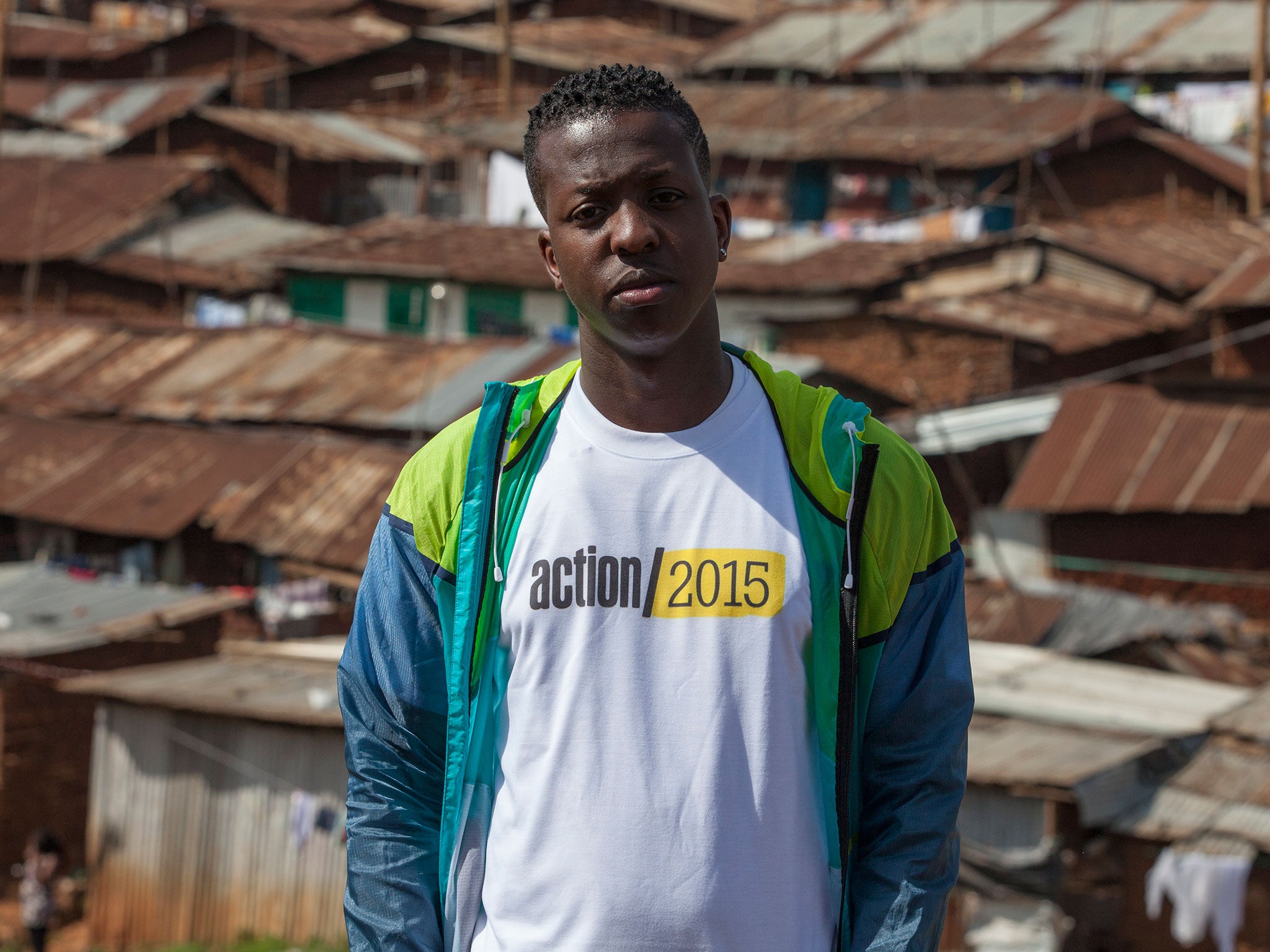
Your support helps us to tell the story
This election is still a dead heat, according to most polls. In a fight with such wafer-thin margins, we need reporters on the ground talking to the people Trump and Harris are courting. Your support allows us to keep sending journalists to the story.
The Independent is trusted by 27 million Americans from across the entire political spectrum every month. Unlike many other quality news outlets, we choose not to lock you out of our reporting and analysis with paywalls. But quality journalism must still be paid for.
Help us keep bring these critical stories to light. Your support makes all the difference.
“It’s crazy, you hear about these things but you never actually see them,” Jamal Edwards muses.
The YouTube entrepreneur is speaking about his visit to Africa’s largest slum, Kibera, which houses more than 250,000 people in the Kenyan capital of Nairobi.
As an ambassador for Save the Children, he has been meeting the young people who call it their home.
Edwards, the man credited with “discovering” Ed Sheeran who parties with Snoop Dogg and Dr Dre, saw the teenage rappers and singers of Kibera and was taught routines by the slum’s dance group.
It is a far cry from his SBTV studios in London but he calls the performers “inspirational”, saying they are a counterpoint to the images of African poverty that spring to many people’s minds in the UK.
“It’s not all flies on kids' faces and all that,” Edwards says. “It's not all doom and gloom and everyone dying - there's this buzz.
“We’re trying to show it in a colourful way, with rapping and singing and dancing and painting.
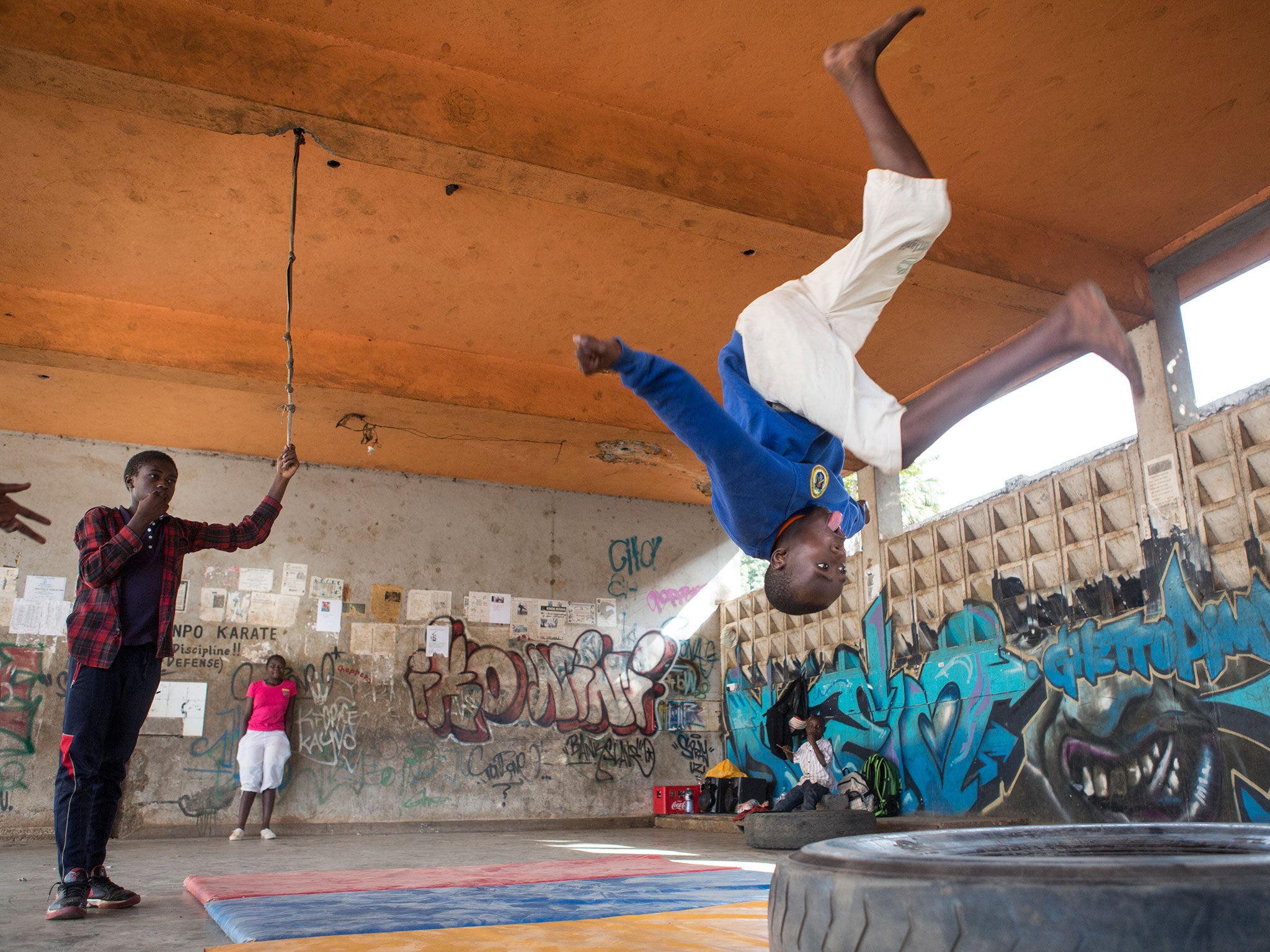
Kibera is one of the largest slums in the world, with estimates of its population ranging up to 800,000.
The average size of home is 12ft by 12ft, constructed of mud walls, a corrugated tin roof with a dirt or concrete floor.
Costing around KES 700 per Month (£6), the huts often house eight or more with many sleeping on the floor, with the narrow streets outside being used as open-air rubbish dumps.
“We walked from the top to the bottom of Kibera and it's crazy,” Edwards recalls.
“The kids are running around it like they are free but it really hit me when I realised how many people there were.
“You go to a house and there will be 12 people living in a small hut.”
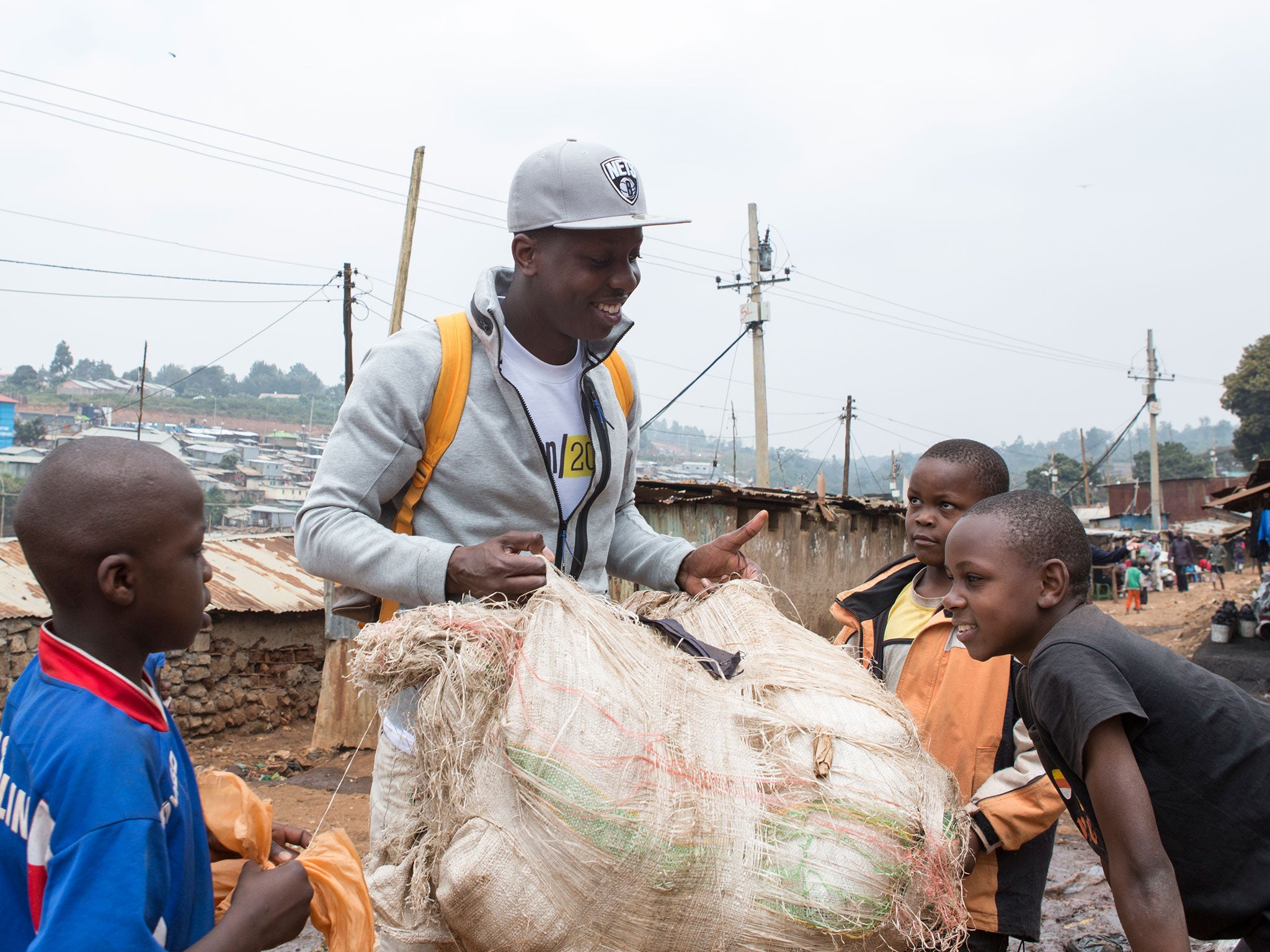
Projects by the UN, Kenyan government and international aid organisations are trying to bring electricity to Kibera, along with running water, toilets and permanent houses.
Currently one latrine, just a hole in the ground, is shared by up to 50 homes and disease is rife.
With unemployment at around 50 per cent, extreme poverty is rife, driving problems including heavy drinking, violent crime, unwanted pregnancies and the spread of HIV and other illnesses.
Edwards, who previously visited South Africa with Comic Relief, joined the trip as part of Action 2015 - a coalition of more than 2,000 charities fighting poverty, inequality and climate change.
It came just weeks before the United Nations set its new set of 17 Global Goals and 169 targets to “wipe out poverty” over the next 15 years.
But following the failure of many of the highly-touted Millennium Development Goals to reach targets, many have criticised them as being over-ambitious.
“I try to be as optimistic as possible,” Edwards says.
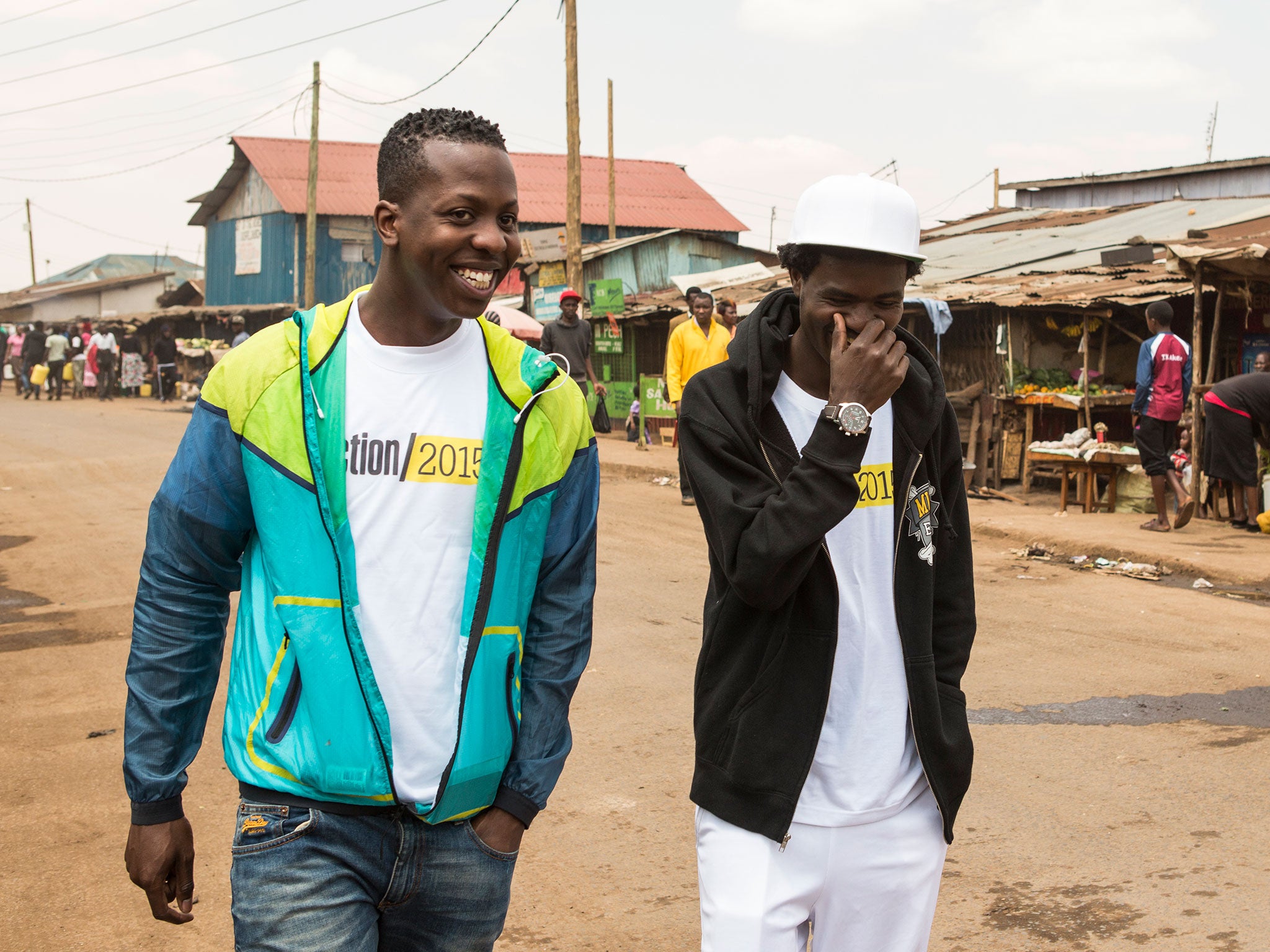
Since founding SBTV, which is valued in the millions, and being made an MBE in the New Year Honours, he says he wants to raise awareness of Kibera and extreme poverty around the world.
“I wanted to be accountable to people…to take the opportunity to be part of a global movement,” he adds. “Everyone should have a fair opportunity in life. The kids didn't get the choice of being born in these circumstances.”
Edwards, 25, grew up on a council estate in Acton, West London, where he was frequently threatened with expulsion from school and left with six GCSEs.
At the age of 15 he picked up a camera and started filming local acts and uploading them to YouTube, then in its early days, where he created his own channel SBTV.
Within seven years, it had become one of the site’s most viewed channels on YouTube, and Edwards says he is continuing to develop and expand the brand to create a “lasting legacy”.
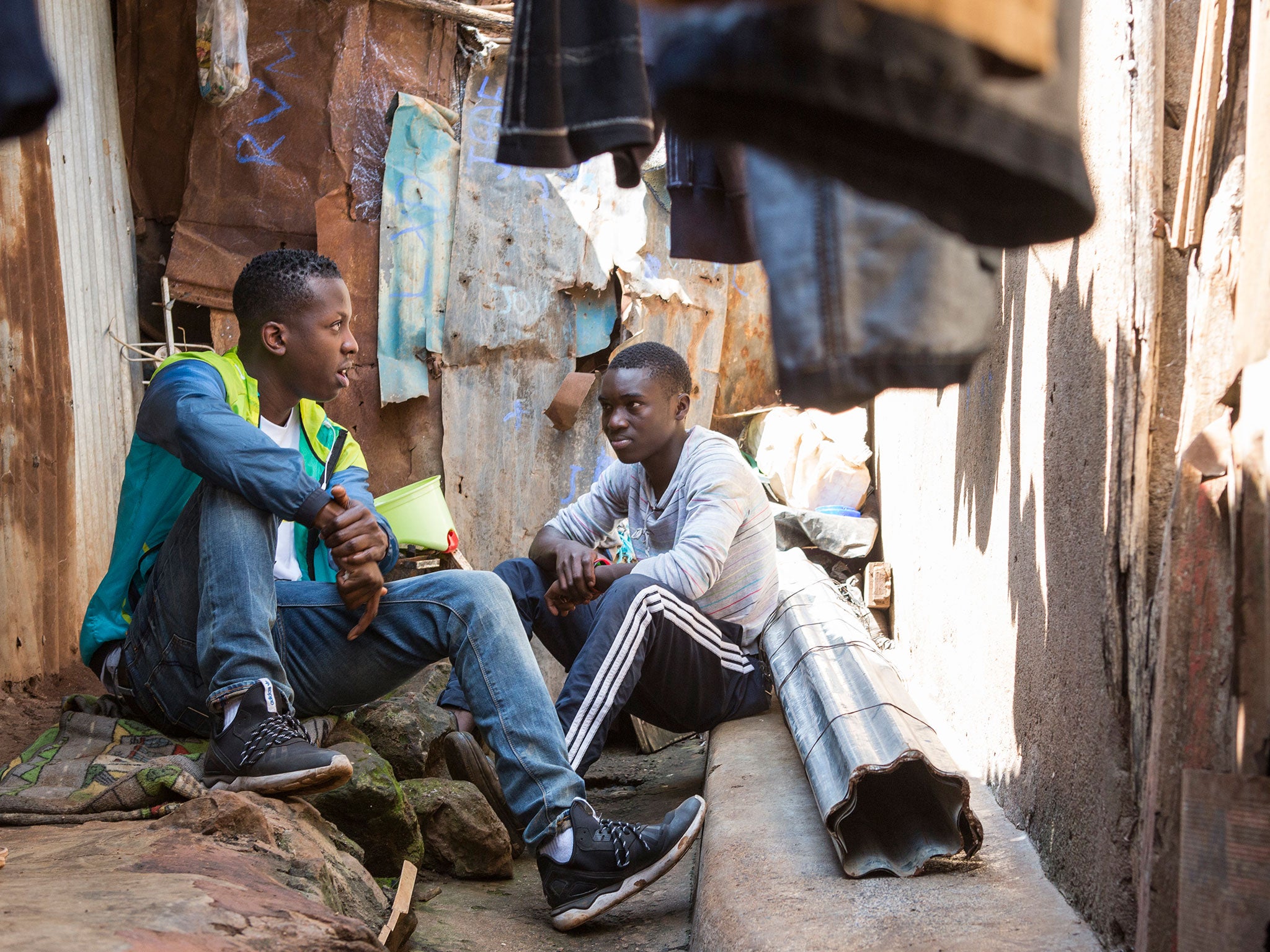
He says his charity work is inspired by Richard Branson, who he has maintained a “good relationship” with since they met in 2011.
Edwards is planning to return to Kibera next year to see his new friends and help their work, and other famous faces could be joining him.
Singers Emily Sandé and Eliza Doolittle were interested in joining the trip this summer but couldn’t fit it in around their work, he says.
“I think it's just about trying to see what you can do, if it's giving money or it's just about going out there and seeing it.”
Subscribe to Independent Premium to bookmark this article
Want to bookmark your favourite articles and stories to read or reference later? Start your Independent Premium subscription today.
Join our commenting forum
Join thought-provoking conversations, follow other Independent readers and see their replies
Comments